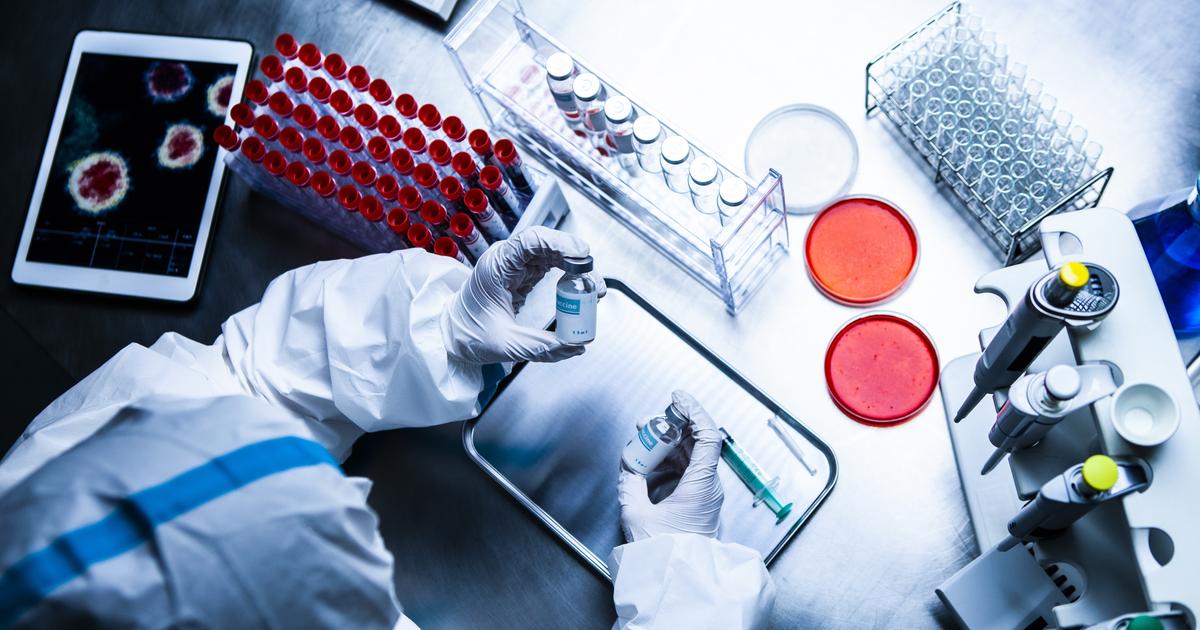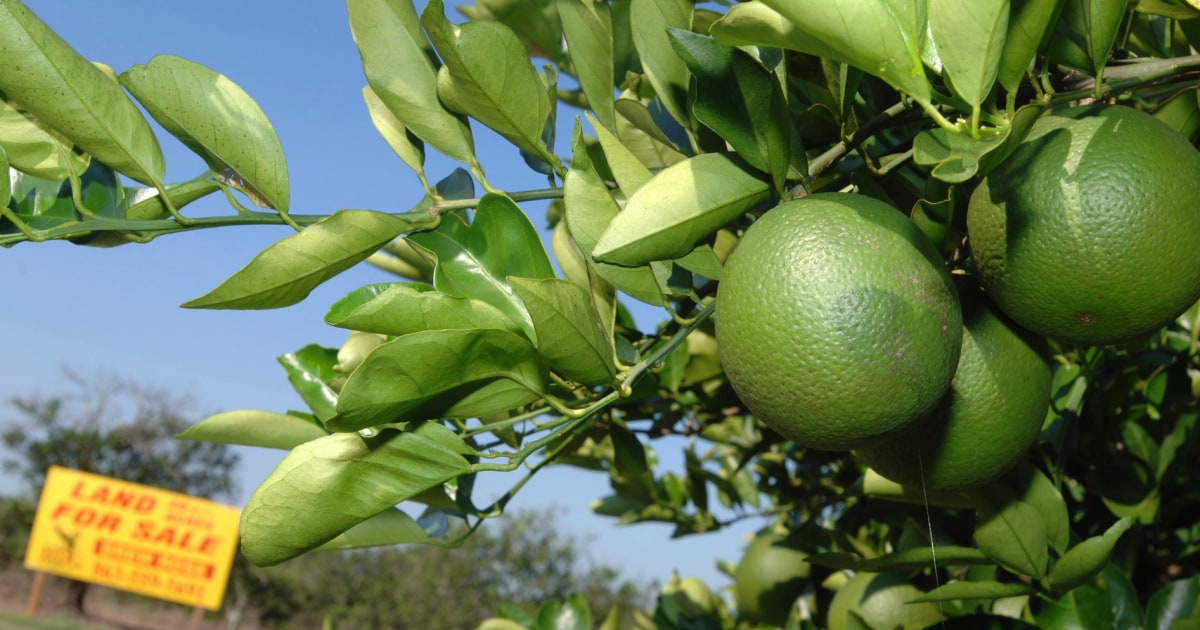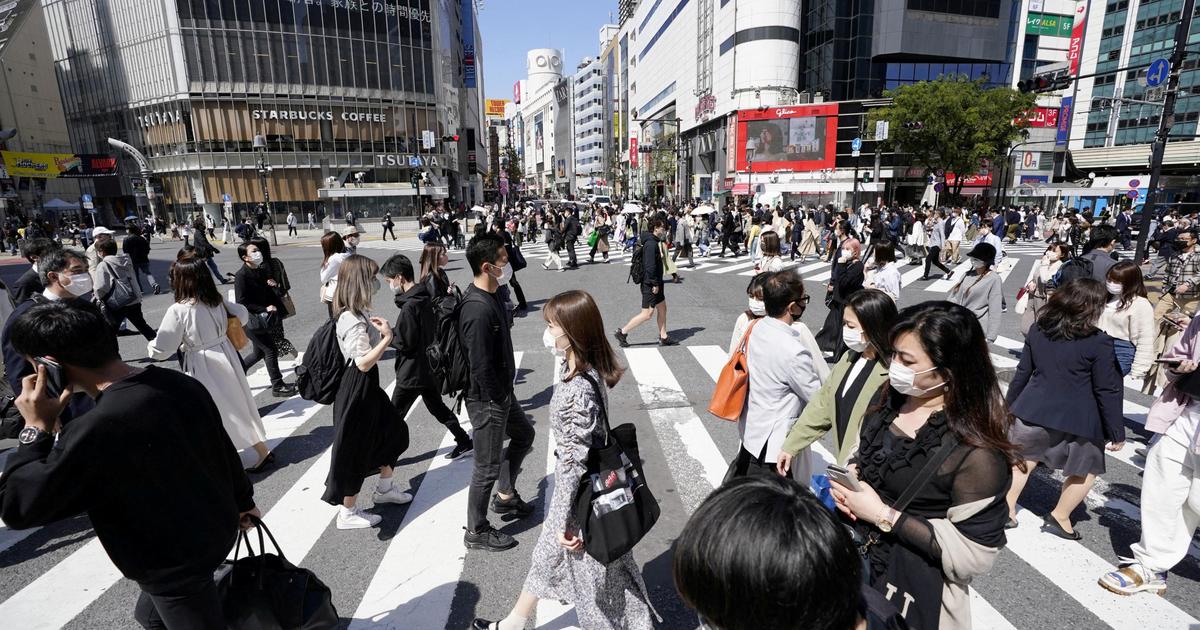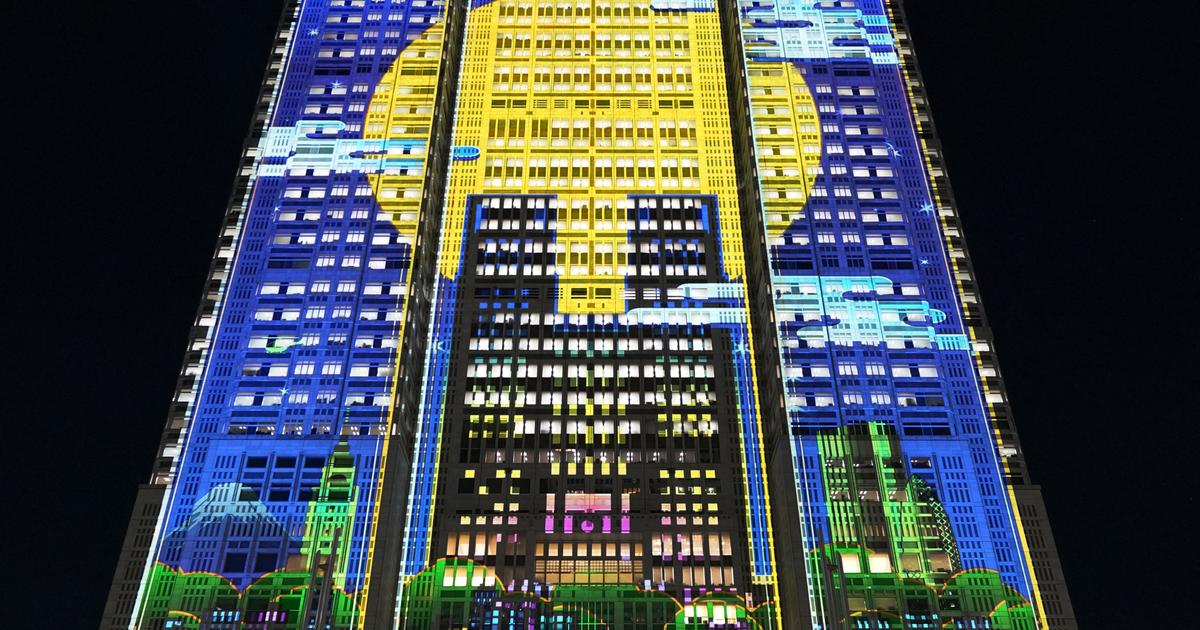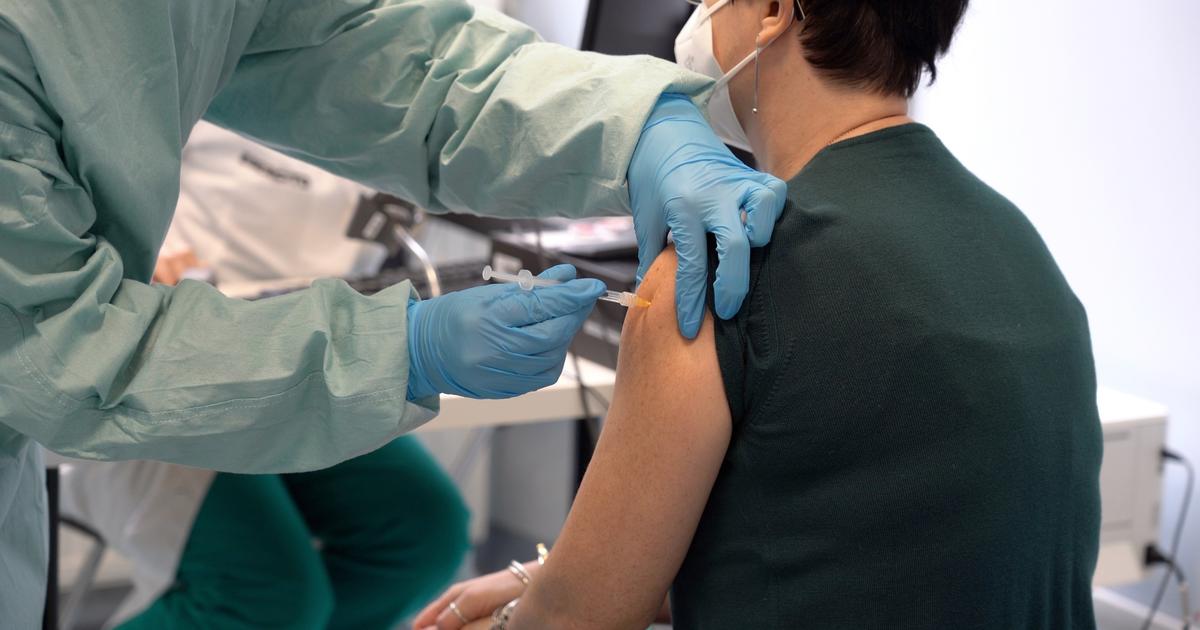The State of Mexico and Mexico City, which together make up the metropolitan area and the most densely populated region of the country, will adopt new restrictions as of this Friday due
to the very high increase in cases and deaths from the new coronavirus.
"At the rate at which the contagions continue, it is worrying" that "leads us to take drastic measures to stop the contagion", declared the governor of the State of Mexico, Alfredo del Mazo, in a joint press conference with the head of the City Government from Mexico, Claudia Sheinbaum Pardo.
"We need to reduce the contagion curve [...] that is why these measures are taken and we ask for an extraordinary effort from all citizens," said Sheinbaum, who urged the population not to hold Christmas parties.
The two states will have a
red light from December 19 through at least January 10
, which means that activities, except essential ones, must be suspended.
"What we must prioritize is health and saving lives," added Del Mazo, recognizing that having a red traffic light has very strong implications for the economy of
Mexicans, who mostly depend on their daily income to eat.
Unlike other countries,
Mexico has not established a system of universal income or aid checks
for the general population;
there are only some attendance vouchers for certain populations, such as the elderly.
Merchants in Mexico fear that the pandemic and restrictions will end up destroying their businesses
Dec. 5, 202001: 54
The authorities indicated that "all economic activity cannot be suspended", so
the "activities considered essential" will be maintained with some adjustments
.
For example, the sale of food and restaurants will not have to close completely as happened in the previous red light in the capital area, between spring and June, but they will only be allowed their service to be take away or for delivery.
Transportation services, food supply, the manufacture and sale of medicines, repair and spare parts workshops, public works services, water, security and government taxes will also remain operational.
Unlike the previous red light, the systems
to try to trace contacts in the metropolitan area
have improved a lot
, such as a QR code to enter shops, restaurants or public transport trucks with which you can later notify that person if they arrived to be in contact with someone infected.
The tests accessible to the public in the capital have also increased a lot, although in general Mexico continues to be one of the countries with the least COVID-19 tests per capita.
In some countries there are already accessible vaccines for the population, but in Mexico the inoculations have not yet begun.
The Government has already authorized the Pfizer vaccine for emergency use, which would initially be injected to health personnel on the front line on a date not yet determined.
The Government of Mexico presents its vaccination plan against COVID-19
Dec. 8, 202001: 55
The traffic light system was implemented in Mexico as of June, when there were around 2,000 officially recognized daily infections and the authorities predicted the peak of infections.
There
are
currently
about 12,000 confirmed infections nationwide
;
Almost half have been reported only in Mexico City in recent days and in the State of Mexico the daily average is around 700 cases.
For the winter "it was expected that we would have a rebound" as of October, assured the undersecretary for Prevention and Health Promotion, Hugo López-Gatell, who is the spokesman for the government response.
Although since October no changes had been made to national restrictions due to COVID-19.
"We have come to the conclusion that
extraordinary measures are required which at this moment are indispensable,"
added López-Gatell.
In the capital and in the State of Mexico, hospitals are completely overflowing, with an occupation of at least 75% of the beds for intubation and for general care, with exhausted health personnel, while
the streets look increasingly full of people.
[Exhausted and attacked but determined: Mexican women in the front line of battle against COVID-19]
The original intention of the traffic lights was to determine, based on how many infections there are and how many hospital beds are available in each state, a visual mechanism to record the risk of infections from the new coronavirus.
The original idea was that if there were less than 80% of the beds available the status should be in red.
But before the calls to the authorities of Mexico City and the Ministry of Health to change from orange to red due to the very considerable increase in infections recently,
Undersecretary López-Gatell suddenly began to say that it seems "a little inconsequential" What color is the traffic light
because, according to him, citizens must know how to protect themselves no matter what restrictions the Government establishes.
Until this Friday, there were only two of the 32 Mexican states still on a red light: Baja California Norte, Tijuana headquarters where many Americans have continued to go and possibly spread the coronavirus, and Zacatecas.
As of Saturday, two more are added.
"This is not the time to have parties"
and thus "we avoid suffering and avoid death," López-Gatell stressed.



